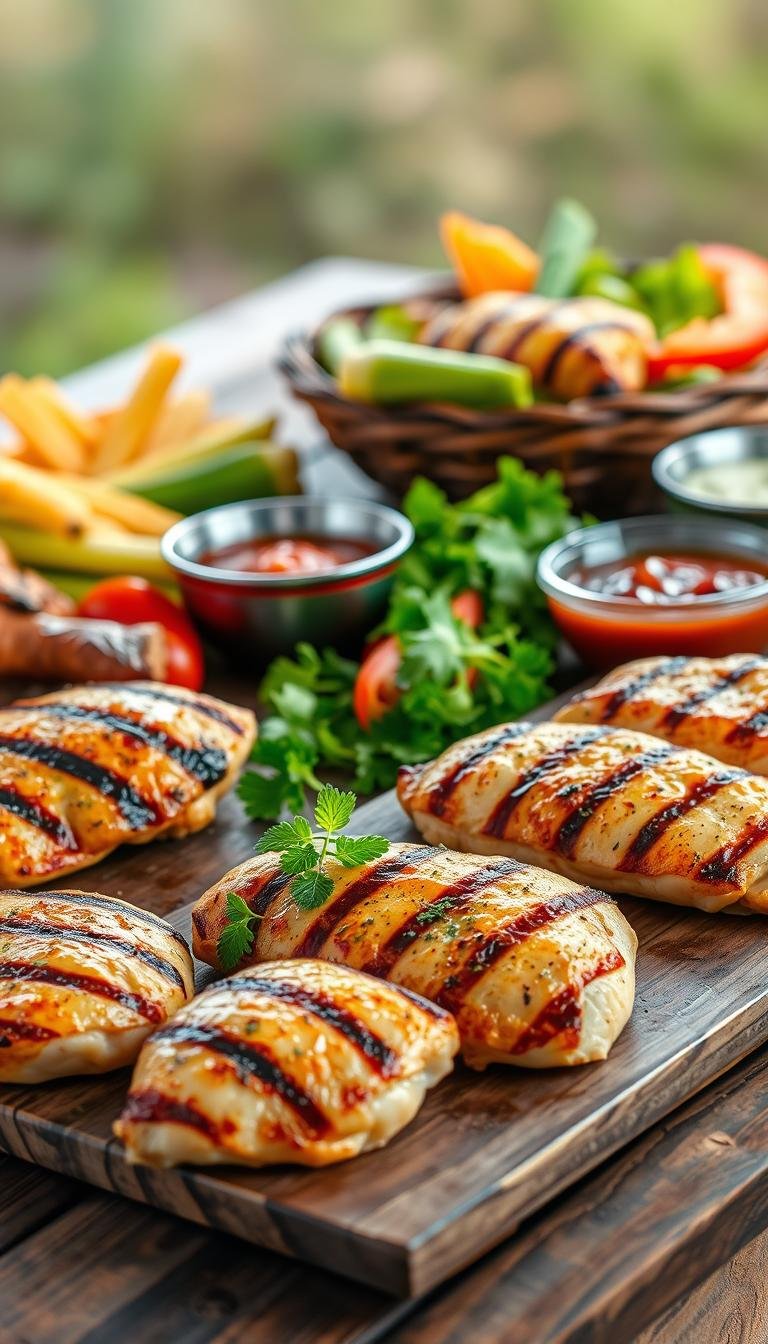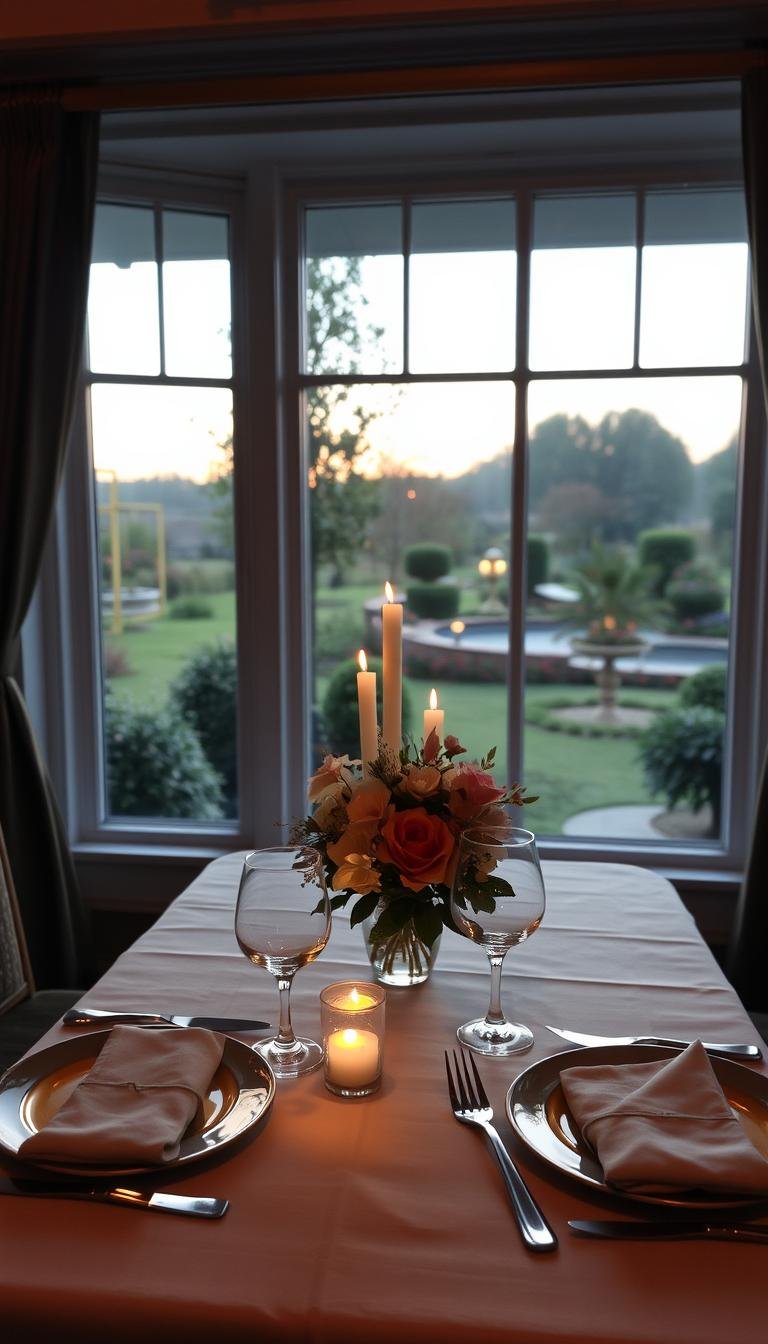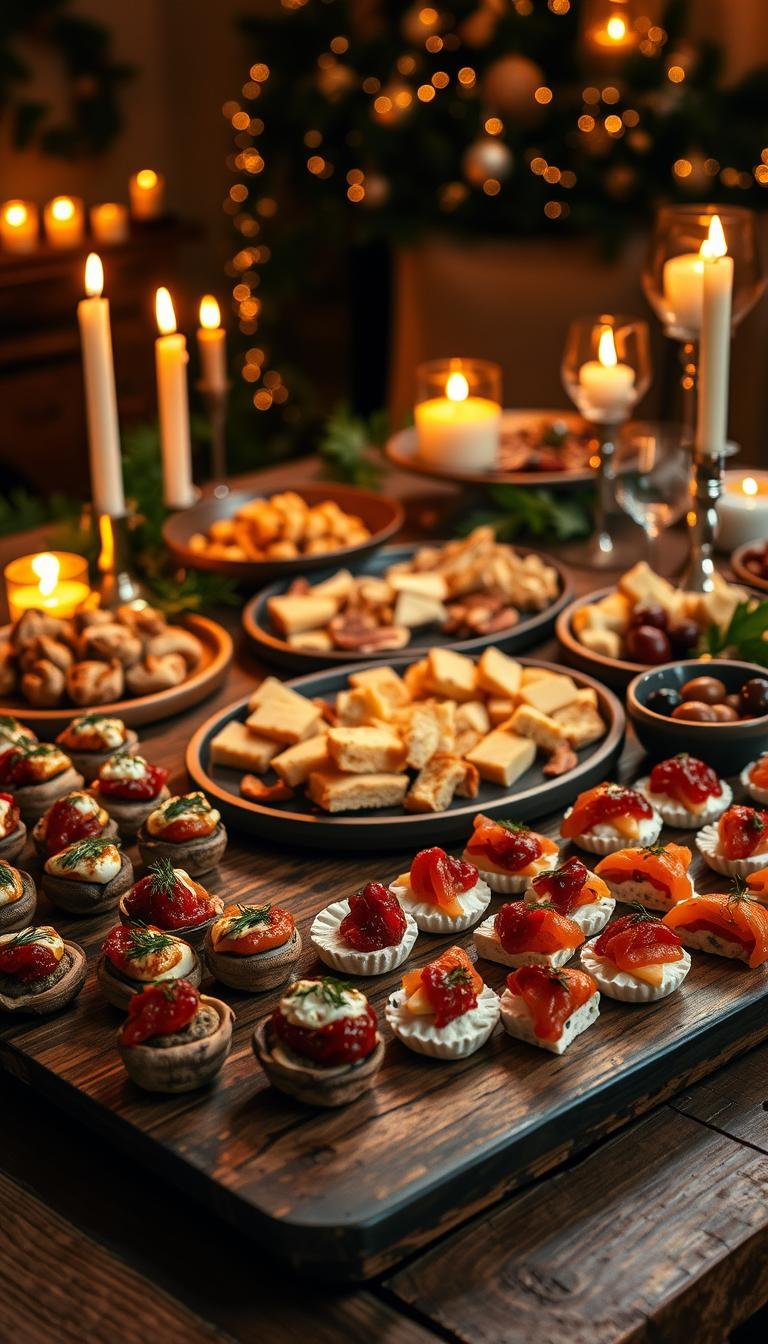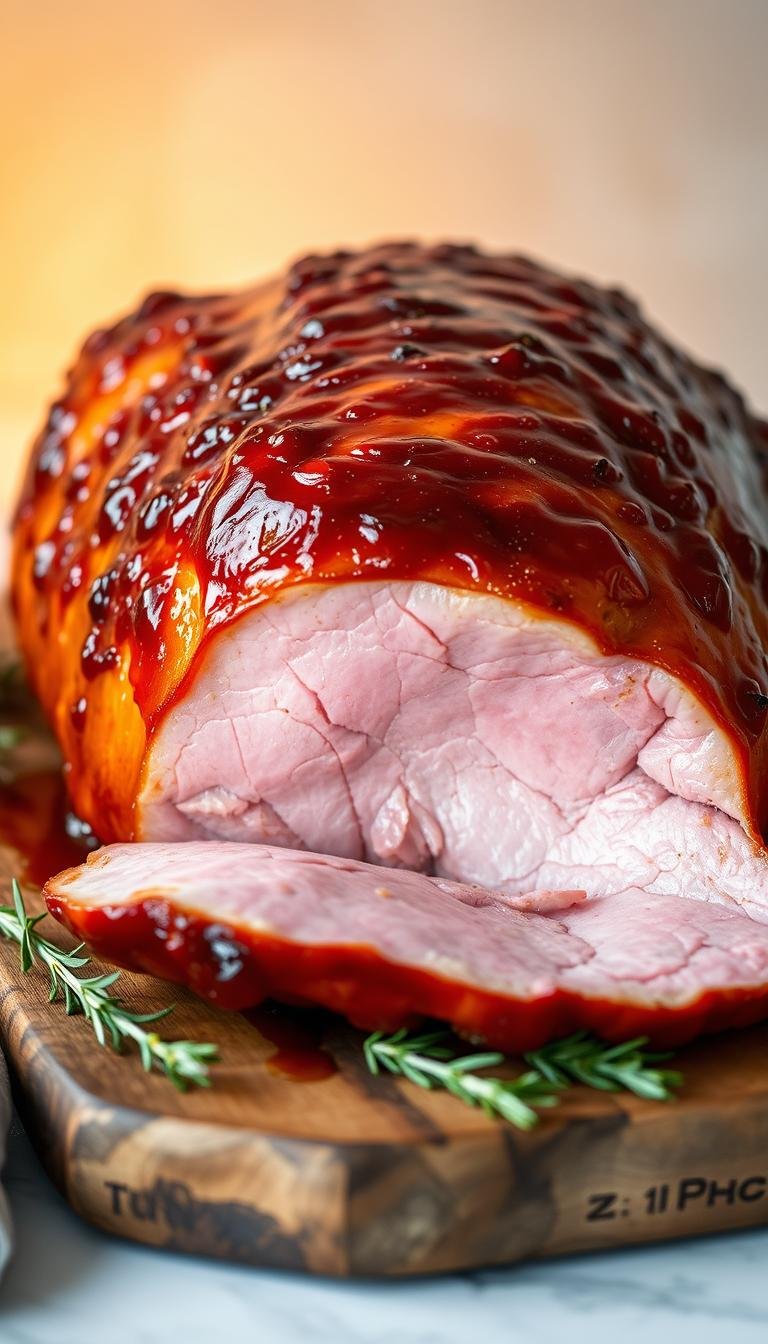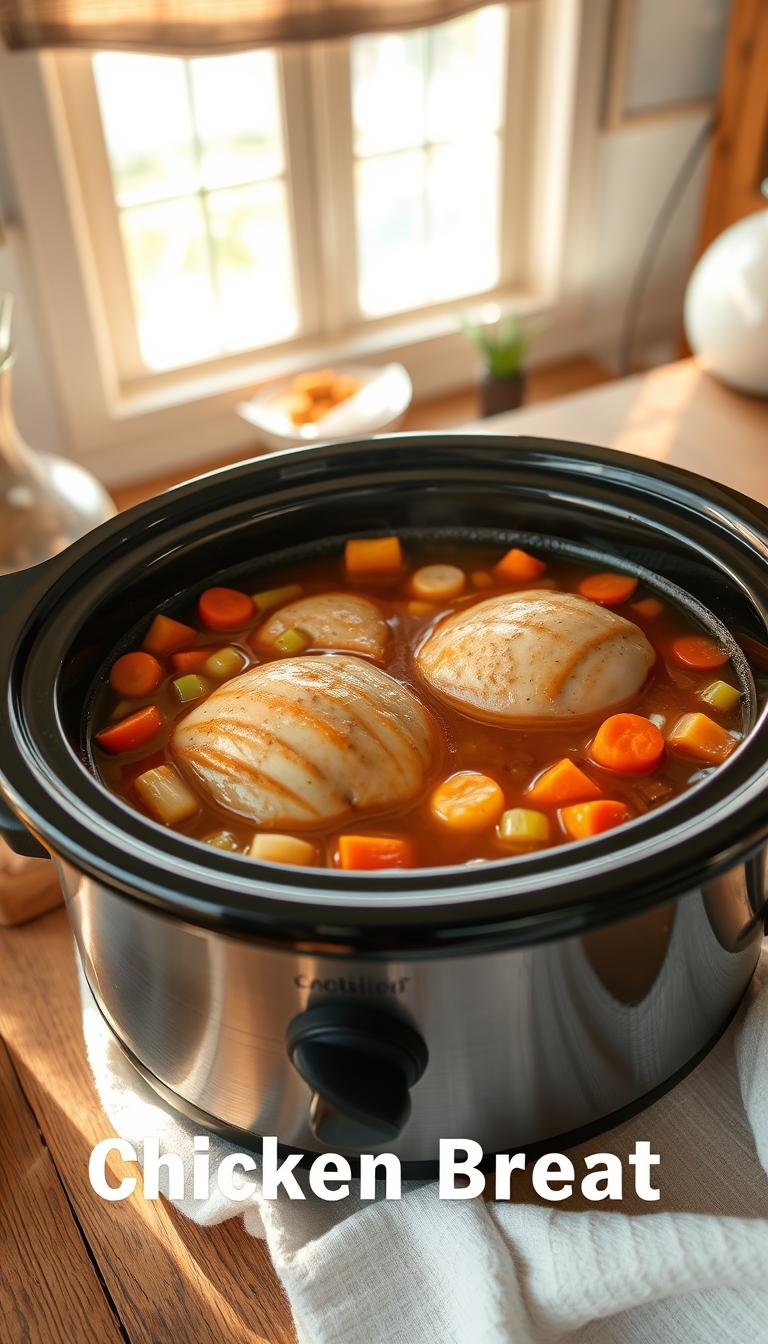Boneless Chicken Breast Recipes for Quick Meals
Surprising fact: Americans cook weeknight protein at home over 3 times a week, yet many struggle to hit the right cook time for juicy results.
This guide shows three fast ways to get tender, well-seasoned chicken with simple steps you can repeat. Start with an oven-baked route: pound to 0.6″ and bake at 425°F for 18–20 minutes, aiming for a caramelized crust and a 3–5 minute rest.
For a quick pan-roast, sear 3½–4 minutes to form a golden Maillard crust, then finish in a 375°F oven for 10–12 minutes. Pull at 155–160°F so carryover brings it to 165°F after resting.
The 12-minute honey-garlic skillet uses a light flour dusting so the sauce clings. Use cast iron or stainless and olive oil (about 400°F smoke point) for best browning.
Practical tips: use a thermometer, plan side dishes to match cook time, and swap proteins if you want more fat or a different flavor.
Key Takeaways
- Three reliable methods: oven-bake, pan-roast, and quick skillet.
- Pound to even thickness and watch for a caramelized crust.
- Follow precise temps: 425°F (18–20 min), sear then 375°F (10–12 min), or 12-min skillet.
- Use cast iron or stainless with olive oil for best sears.
- Rest 3–5 minutes; pull meats at 155–160°F for safe carryover to 165°F.
- Adapt sauces and sides on the fly to finish dinner quickly.
Why Boneless Skinless Chicken Breasts Are Perfect for Quick Dinners
Lean white cuts heat through fast, so you can get a juicy main on the table in under 30 minutes. With simple sizing and a quick pounding step, this meat becomes predictable to cook and easy to flavor.
Lean protein that cooks fast and stays juicy with the right technique
Choose 7–9 ounce pieces for consistent pan-roasting and even doneness. Larger 1 lb portions often cook unevenly; halving them lengthwise fixes that problem and speeds the process.
Pounding to about 0.6″ evens thickness across the piece. That step reduces dry edges and improves tenderness without extra ingredients.
“Even thickness and well-managed heat are the simplest ways to keep lean meat juicy every time.”
Choosing the right size breasts for even cooking
- Lean white meat reaches safe temperatures quickly, making it ideal for weeknights.
- If you want more fat and flavor, swap to thighs and add ~25–30 minutes in the oven depending on size.
- Hot-and-fast methods—high oven heat or a quick sear then finish—preserve juices without long marinades.
| Portion | Best method | Typical time |
|---|---|---|
| 7–9 oz | Pan-roast or 425°F oven | 18–20 min / sear+10–12 min |
| 1 lb (halve) | Split then sear or bake | Adjust to avoid dry edges |
| Thighs | Roast or braise | 25–30 min (oven) |
Manage heat, use a thermometer, and rest briefly so juices redistribute. These choices streamline cooking whether you slice for salads, plate with sides, or pack meals for the week.
Boneless Chicken Breast Recipes
Choose from three quick techniques that deliver caramelized crusts, crisp edges, or a sticky glaze fast.
Core methods: oven-baked, pan-roasted, and 12-minute honey garlic
Oven-baked: Pound to 0.6″ and season with brown sugar, paprika, oregano or thyme, garlic powder, salt, and pepper. Bake at 425°F for 18–20 minutes for a caramelized finish.
Pan-roasted: Sear 3½–4 minutes in olive oil to build a golden crust, then finish in a 375°F oven for 10–12 minutes. Pull at 155–160°F and rest to reach 165°F.
12-minute honey garlic: Lightly dust with flour, cook in butter with garlic, vinegar, soy sauce, and honey until the sauce thickens. Turn to coat for a glossy, clingy finish.
When to pick thighs instead
Use thighs if you want extra fat and forgiveness against dryness. They take a few more minutes but reward with deeper flavor and more juice.
| Method | Key step | Typical time |
|---|---|---|
| Oven-baked | Pound, brown-sugar rub, 425°F | 18–20 minutes |
| Pan-roasted | Sear 3½–4 min, finish 375°F | 3½–4 + 10–12 min |
| Honey garlic skillet | Light flour, reduce sauce to glaze | 12 minutes |
Juicy Oven-Baked Chicken Breast at 425°F
High heat and a quick brown-sugar rub deliver a caramelized crust that locks in moisture for fast dinners.
Seasoning
Mix 1½ tbsp brown sugar, 1 tsp paprika, 1 tsp dried oregano or thyme, ¼ tsp garlic powder, and ½ tsp each salt and pepper. This seasoning balances sweet and savory and helps form a flavorful crust.
Prep
Preheat oven to 425°F. Pound pieces to 0.6″ thick or slice thicker ones in half so every part cooks evenly. Line a tray with foil and parchment.
Place chicken upside down, drizzle ~1 tsp olive oil, rub and sprinkle seasoning. Flip and repeat so both sides are evenly coated.
Cook time and doneness
Bake 18–20 minutes at 425°F until the surface is golden and caramelized. Confirm with a thermometer: target internal temperature 165°F. Rest 3–5 minutes, then garnish with chopped parsley.
Pro tip
Use crust caramelization as a visual doneness cue, then verify with a thermometer to avoid overcooking.
- Quick prep: pound to 0.6″ for even cooking.
- Light oil: just enough so seasoning adheres and browns.
- Hot oven: 425°F for a fast, juicy finish in under 20 minutes.
Pan-Roasted Chicken Breasts in Minutes
Searing then finishing in the oven is the fastest route to a tender, evenly cooked main.
Oil and pan choice
Heat a heavy skillet—cast iron or stainless—for even browning and steady heat transfer.
Add a thin layer of oil and wait until it gives a light smoke. If smoke rolls, replace the oil to avoid off flavors.
Sear then oven-finish
Season simply with salt and black pepper, then place chicken in the hot pan. Sear 3½–4 minutes to build a deep golden crust.
Move the pan to a 375°F oven and roast 10–12 minutes until nearly done.
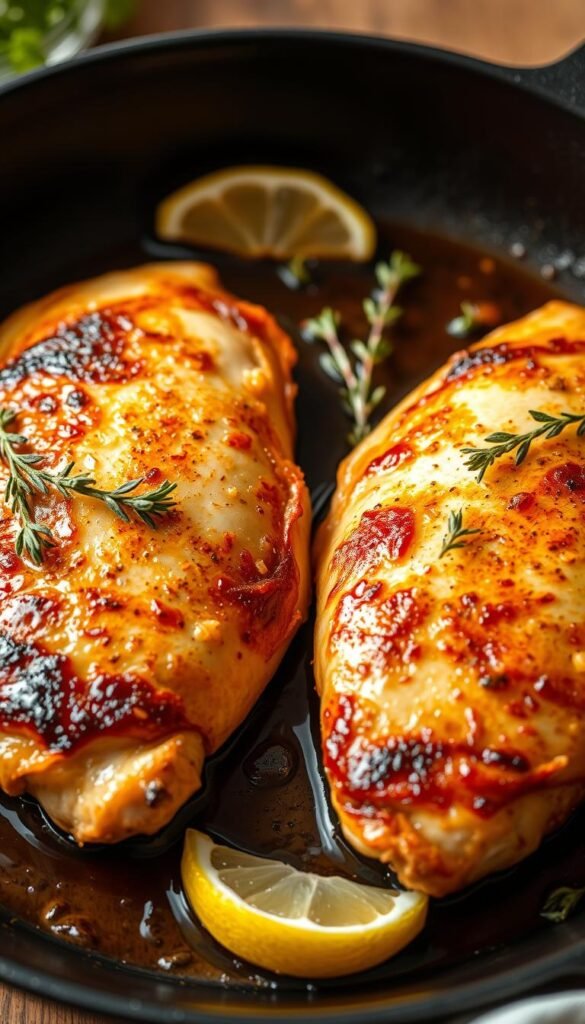
Temperature targets and finishing
Use a thermometer and pull at 155–160°F so carryover brings the meat to 165°F during a 2–4 minute rest.
“Control the heat and the clock, and the results stay juicy every time.”
- Build flavor from fond: sauté shallots and garlic, deglaze with chardonnay, reduce, add stock, then finish with butter and thyme.
- Manage fat: coat the pan lightly, then enrich the sauce with a knob of butter for shine.
- Slice across the grain and spoon pan sauce over the sliced breast for the best presentation.
12-Minute Honey Garlic Chicken Skillet
A quick honey-garlic skillet turns thin cutlets into a glossy, weeknight main in about twelve minutes. Split thicker pieces into four thin steaks so they brown fast and stay juicy.
Light flour dusting for better sauce cling
Lightly dust each piece with flour and shake off excess. This creates a micro-crust so the glaze adheres without deep frying.
Butter, garlic, soy, vinegar, and honey for a quick pan sauce
Melt most of 3½ tbsp butter in a large skillet over high heat. Sear the steaks 2–3 minutes until golden, flip and cook 1 minute.
Add the remaining butter and 1–2 cloves minced garlic. Stir in 1½ tbsp apple cider vinegar, 1 tbsp soy sauce, and 1/3 cup honey. Simmer about 1 minute until the sauce thickens slightly. Add a splash of water if it reduces too far.
- Season with a pinch of salt and pepper to balance the sweetness.
- Serve immediately and spoon extra sauce over rice or greens.
- Use boneless skinless cuts for even browning and fast cooks.
Versatile swap: use the sauce on shrimp, pork, or tofu
The same pan sauce works beautifully with shrimp, pork, lamb, or tofu—just adjust sear times and finish in the skillet.
Time, Temperature, and Internal Temperature Guide
A clear plan for minutes and temperature cuts guesswork and protects moisture every time.
Oven-baked timing
Oven-baked: use 18–20 minutes at 425°F as a dependable starting point for even pieces. Watch for a deep golden crust or verify a final internal temperature of 165°F before resting.
Pan-roasted timeline
Pan-roasted: plan a two-stage cook. Sear 3½–4 minutes to form a crust, then move to a 375°F oven for 10–12 minutes. For best results, remove from heat at 155–160°F and rest 2–4 minutes so carryover brings the meat to 165°F.
Using a meat thermometer the right way
Insert a quick-read thermometer from the side into the thickest part. Avoid touching the pan or bone. This gives a true reading and prevents overcooking.
- Time: use the 18–20 minute, 425°F benchmark for baked chicken and adjust for thickness.
- Pieces: choose 7–9 ounce portions or split larger ones for predictable minutes and doneness.
- Visual cue: a deep golden crust often indicates the surface is properly caramelized and close to done.
- Factors: starting meat temperature, pan material, and oven variance can shift cook time by a minute or two.
| Method | Key steps | Timing / temp |
|---|---|---|
| Oven-baked | Pound to even thickness; look for caramelized surface | 18–20 minutes at 425°F; finish at 165°F |
| Pan-roasted | Sear to build crust; oven-finish for even cook | 3½–4 min sear + 10–12 min at 375°F; pull at 155–160°F, rest to 165°F |
| Thermometer use | Insert from side into thickest part; avoid pan contact | Quick-read for accurate internal temperature |
Note: Track time to coordinate sides and keep a short cooking log for your oven and pans. Rely on measured internal temperature rather than color alone for the most consistent results.
Seasonings, Marinades, and Sauces That Boost Flavor
A few smart seasonings and a fast pan sauce will turn simple cuts into memorable weeknight meals. Start with a reliable dry rub and keep a quick glaze ready so flavor builds during high-heat cooks.
Salt, pepper, paprika, olive oil, and butter
Begin with salt and pepper as the base. Add paprika and dried oregano or thyme for depth. Mix in a spoonful of sugar—brown sugar works best—to boost caramelization without sweetness overwhelm.
Use olive oil for high-heat searing and a touch of butter to finish sauces. A pat of butter and a sprig of thyme at the end gives shine and rounded flavor.
Sweet-savory blends and quick skillet glaze
For the honey-garlic glaze, melt butter, add garlic, then whisk in vinegar, soy, and honey. Reduce briefly until syrupy and coat the meat evenly.
Balance is key: taste and adjust salt and pepper after the sauce reduces so the sweet notes don’t mask seasoning.
“A well-built rub or a short reduction often delivers faster, equally bold flavor compared with long marinades.”
- Coat oven rubs generously so they caramelize within the recommended time window.
- Finish pan reductions with a small pat of butter for gloss and mouthfeel.
- Garnish with chopped parsley for freshness and color before serving.
Prep and Cooking Tips for Consistent Results
Small changes to how you pound, oil, and rest pieces deliver steadier results in the oven and pan.
Pound to even thickness. Aim for about 0.6″ so heat penetrates uniformly. This simple prep step prevents dry edges and keeps the meat tender from edge to center.
Manage oil heat. Heat olive oil until light wisps of smoke appear. If it reaches a rolling smoke, discard and start again—burnt oil gives a bitter taste and ruins browning.
Deglaze for fast pan sauces. After searing, splash white wine and reduce it nearly au sec. Add chicken stock, then finish the sauce with butter and thyme for gloss and depth.
Avoid dryness: season evenly, control thickness, and time cooks closely. Thinner cuts need less time; thicker cuts need a few extra minutes in the oven.
Rest cooked pieces 2–5 minutes so carryover heat brings internal temp to 165°F and juices redistribute. Keep a little water nearby to loosen sauces that thicken too fast.

| Focus | Action | Why it matters |
|---|---|---|
| Thickness | Pound to 0.6″ | Even heat = no dry edges; predictable time |
| Oil | Heat to light smoke; avoid rolling smoke | Optimizes sear; prevents bitter flavors |
| Pan sauce | Deglaze with white wine; reduce; add stock; finish with butter & thyme | Builds concentrated flavor and glossy finish |
| Timing & rest | Monitor time; rest 2–5 min to reach 165°F | Protects juices; consistent doneness |
Healthy Nutrition Snapshot
Know what a typical serving delivers so you can plan sides and sauces without surprises.
High-protein, lower-fat dinners with vitamins and iron
A 5 oz oven-baked chicken breast provides roughly 286 calories, 46 g protein, and 7 g fat. Sodium and potassium remain modest in plain preparations.
Sauces change the math: a honey-garlic glaze or buttery pan reduction adds calories and fat fast. Portion those sauces to keep meals balanced.
- Protein supports recovery and satiety while keeping calories in check.
- Skinless cuts lower total fat versus dark meat, making them good for lighter dinners.
- Small amounts of vitamins and iron are present; add veggies or legumes to boost micronutrients.
“Track added ingredients in sauces to understand macros and keep portions aligned with goals.”
| Preparation | Calories | Protein | Fat | Notes |
|---|---|---|---|---|
| Oven-baked, plain (5 oz) | ~286 kcal | 46 g | 7 g | Modest sodium/potassium |
| Honey-garlic glaze | ~340–420 kcal | 46 g | 9–14 g | Higher sugars and calories |
| Pan sauce (butter reduction) | ~360–440 kcal | 46 g | 12–18 g | More fat from butter |
Pair with greens, whole grains, or legumes to round out vitamins and iron. Proper resting and consistent technique keep the meat juicy even with lower fat.
Serving Ideas, Sides, and Easy Pairings
Pairing the main with simple sides makes weeknight dinners feel finished and intentional. Match textures and acidity to the pan sauce so each bite balances richness and freshness.
Rice and grain pairings
Garlic Butter Rice with Kale soaks up pan juices and keeps the plate one-pan friendly. Serve sliced breasts over the rice for easy plating.
Tomato Basil Rice adds bright herb notes that complement honeyed glazes. Mushroom Rice brings an earthy counterpoint for buttery pan sauces.
Fresh, bright contrasts
Light salads cut through heavy reductions. Try a spring salad or a creamy cucumber salad with lemon yogurt dressing for crisp acidity.
Steamed greens finished with a drizzle of olive oil and a splash of Italian or balsamic vinaigrette keep things simple and fast.
Comfort and crowd-pleasers
For comfort, plate baked chicken with lemon potato salad or a classic creamy potato salad.
Or choose a no-mayo red potato salad with charred corn and bacon for a lighter, smoky side that still feels indulgent.
- Pro tip: Consider the sauce on your main—neutral grains and greens let bold glazes shine.
- Drizzle reserved skillet sauce over rice or potatoes to tie the plate together and waste less.
- Keep an extra bowl of warm grains at the table to catch every drop of sauce and satisfy hungry diners.
| Side type | Example | Why it works |
|---|---|---|
| Grain | Garlic Butter Rice with Kale | Absorbs sauce; adds veg and texture |
| Herb-forward | Tomato Basil Rice | Bright contrast to sweet glazes |
| Fresh | Creamy Cucumber Salad | Acidity lightens rich pan gravies |
| Comfort | Lemon Potato Salad / Red Potato Salad | Familiar, hearty pairing for weeknight dinner |
Conclusion
Pick a fast path—high-heat bake, quick pan-roast, or the 12-minute honey-garlic skillet—based on the minutes you have and the finish you want.
Key prep steps matter: pound to even thickness, preheat oven and pan, and use a light film of oil for reliable browning. Watch temperature and rest briefly so carryover brings the meat to the safe target.
From simple salt and pepper to sweet-savory garlic-honey glazes, each method builds a glossy sauce fast. Use the checklist: season, preheat fully, sear or bake to target, rest, slice across the grain, and spoon sauce over the slices.
Save a link or video for quick reference. With clear time and temperature cues, these techniques become dependable weeknight tools for lean, flavorful dinners.
